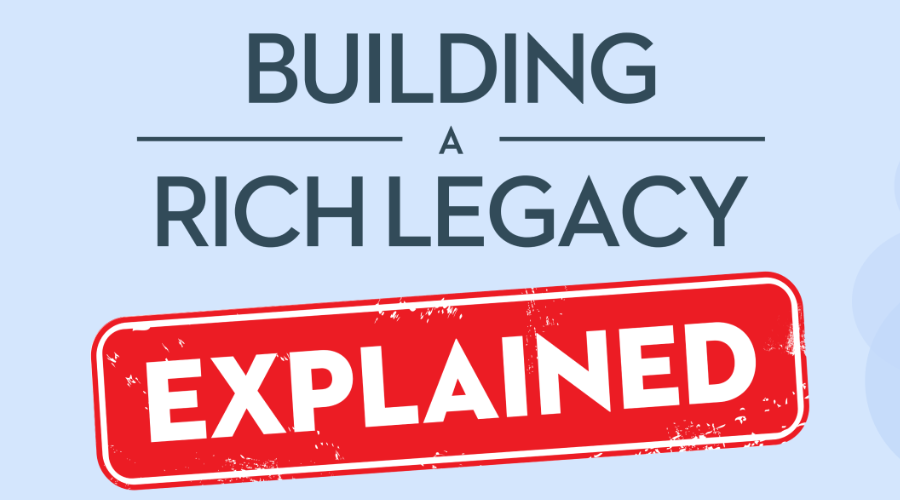Before deciding on whether to take out a reverse mortgage, it pays to be armed with all the facts. These include what it will cost, both to arrange the mortgage (the reverse mortgage closing costs) and the interest rates you will be paying.
You may be wondering:
- Is there a chance of your home being foreclosed?
- How is a reverse mortgage repaid?
Well, you’re in luck – this article provides the information you’ll need to make an informed decision.
What are reverse mortgage closing costs?
When you take out a reverse mortgage, there are several costs involved, many of which would apply for a conventional mortgage. They are fairly simple, though, and don’t require a reverse mortgage costs calculator.
You will need to have an appraisal carried out beforehand, to provide an accurate evaluation of your home. This usually costs around $300-400.
Another reverse mortgage closing cost is the expense of hiring a lawyer. While HomeEquity Bank’s lawyers will carry out most of the legal work, you will still need to hire your own lawyer to provide you with independent legal advice. This can cost anywhere between $400 to $700, depending on your situation and who you hire. This is an important step, designed for your protection: HomeEquity Bank wants to ensure that you fully understand all the features of the CHIP Reverse Mortgage® before you decide to proceed.
HomeEquity Bank also charges its customers a flat fee for closing and administrative costs. This fee covers a number of obligatory legal processes, such as a title search, title insurance and other administrative costs. This reverse mortgage closing cost can range from $1,795 to $1,995. You can see the current reverse mortgage rates here.
In total, your reverse mortgage closing costs can be between $2,495 and $3,095. And if you’re wondering how long a reverse mortgage takes to close, it will depend on your individual circumstances and if any additional paperwork is required.
Reverse mortgage interest rates
When you take out a reverse mortgage, you have the option to sign up for a term of six months, a year, three years or five years. You can take either a variable or fixed rate. As of the date this piece was written, the variable rate is based on the HomeEquity Bank Prime Rate plus 2.66%. This rate can increase or decrease, usually along with changes to the Bank of Canada prime rate.
For our most popular, five-year fixed term, you can find the reverse mortgage rate here – it will not fluctuate over the five years. Below is a table of interest costs for a home valued at $600,000 with a five-year fixed-term rate of 6.99%*:
| Mortgage Amount | Interest Rate | Interest Charged After One Year | Interest Charged Over Five Years |
|---|---|---|---|
| $100,000 | 6.99% | $7,112 | $40,992 |
| $200,000 | 6.99% | $14,224 | $81,983 |
| $300,000 | 6.99% | $21,336 | $122,974 |
Most people choose not to make interest payments, in which case this amount is added to the overall loan. However, in each example, your home’s equity would still continue to grow, even taking into account the interest charges, with an annual increase in your home’s value of just 3.5%1.
At the end of the term, you will be automatically renewed at the current rate being offered. You can then choose to either change terms at any time, or pay out the mortgage, subject to prepayment charges.
How is a reverse mortgage repaid?
We’re often asked, “How do you pay back a reverse mortgage?” The main difference between a reverse mortgage and a conventional mortgage is that, with a reverse mortgage, you don’t have to pay back a cent of what you owe until you decide to sell your home. You can pay off the interest and up to 10% of the amount owed every year, but most people choose not to.
So, typically, a reverse mortgage is repaid in full when the borrower passes away or moves out to live elsewhere. The amount owed can be paid from proceeds from the sale of the home. As with all conventional mortgages, if a reverse mortgage is paid off before the end of its term, a prepayment charge will apply.
Unlike many conventional mortgages, with the CHIP Reverse Mortgage, if the last surviving borrower dies, there is no prepayment charge. And if the last surviving borrower leaves to move into a nursing home, the charge is halved.
How is a reverse mortgage repaid when the borrower dies?
The borrower’s heirs or estate can either pay off the debt by taking out a new, conventional mortgage on the property, paying it in cash or another form of loan, or they can sell the home and use the proceeds to pay off the debt. HomeEquity Bank typically gives a borrower’s estate six months to pay off the debt.
Due to our No Negative Equity Guarantee, as long as the borrower meets their mortgage obligations, HomeEquity Bank guarantees2 that the amount they will have to pay on their due date will not exceed the fair market value of their home. If their home depreciates in value, or the mortgage amount due is more than the gross proceeds from the sale of the property, HomeEquity Bank covers the difference between the sale price and the loan amount.
Negative equity is extremely rare, however: over the past 30 years, 99% of our customers have had equity left in their home and on average, 60% of their home’s equity is remaining.
What is the reverse mortgage foreclosure process? When does it happen?
Given that our customers do not have to make regular mortgage payments – and therefore do not default on payment – reverse mortgage foreclosures are extremely rare.
Reverse mortgage foreclosures usually only come about when customers do not maintain the condition of their home or fail to keep their homeowner’s insurance or property taxes up to date. These conditions are in place to help you and us to protect the investment in your home.
A foreclosure on a reverse mortgage after the death of a borrower seldom happens. Typically, the home is sold to pay off the debt, so a reverse mortgage foreclosure affecting heirs is rare.
Reverse mortgage foreclosures are the last resort and before we even consider them, we work with our clients to try to stop foreclosure on a reverse mortgage. This may involve increasing the amount of the reverse mortgage to cover the payment of outstanding taxes or insurance, or to pay for necessary repairs.
If this does not work, we will begin the reverse mortgage foreclosure process. Depending on where you live, this could lead to a power of sale or judicial foreclosure, both of which could lead to your home being sold. The proceeds would then go towards paying off the debt and any other costs involved in the foreclosure process. Depending on the court’s decision, you or your estate would receive any remaining amount.
As we mentioned, though, the reverse mortgage foreclosure process is extremely rare.
Learn more about Reverse Mortgages
- How Does a Reverse Mortgage Work in Canada
- Reverse Mortgage: Dos and Don’ts
- Reverse Mortgage Problems: Separating the Myths and Facts
Finding out how much you can borrow
Now that you know some of the essential details of a reverse mortgage, you can discover how much you can borrow. The amount depends on how much equity you have in your home, you and your spouse’s ages and your home’s location and value.
Contact us at 1-866-522-2447 or use our reverse mortgage calculator to see how much you could borrow.
1 A home valued at $600,000 would rise in value to $712,612 over five years at a rate of 3.5%. This would be an increase of 112,612. When deducting the interest charges on a $300,000 mortgage over the same period, the home’s equity would still grow by $14,498.
2 The guarantee excludes administrative expenses and interest that has accumulated after the due date.
































